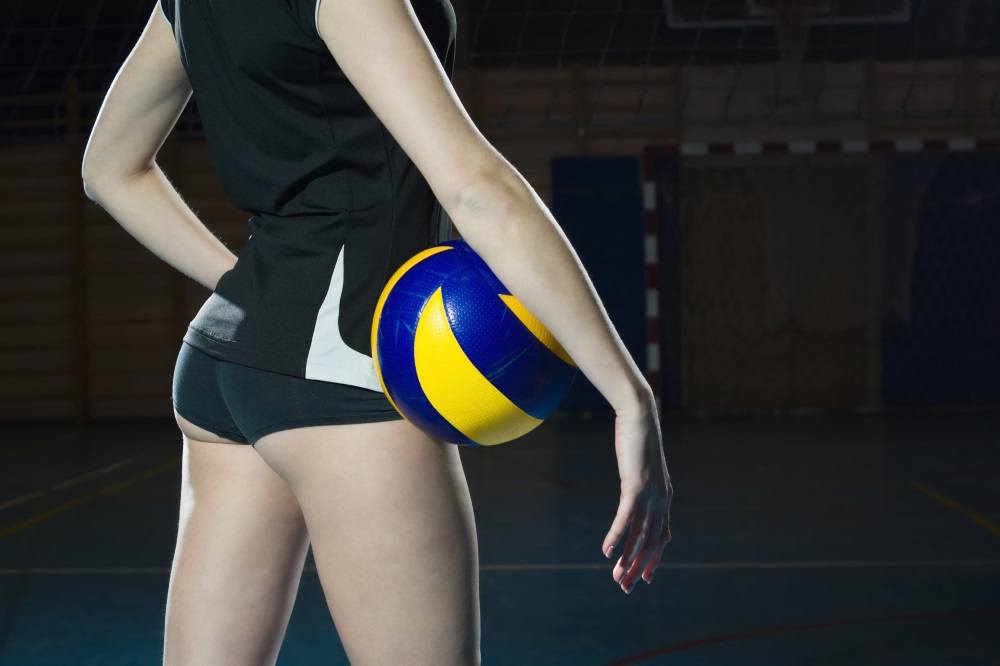Why You Should Not Interchange Volleyball Shoes and Badminton Shoes
Getting the appropriate shoes for your particular sport is important. You may think that it’s fine wearing volleyball shoes to a badminton game or vice versa, for they are quite similar and could work just the same, but certain features make volleyball shoes and badminton shoes very different from each other.
Sports shoes that are specialized for a specific sport are designed to enhance your game play, provide stability and flexibility, and avoid injuries from movements that are required from you while playing.
Let us take a look at the differences between volleyball shoes and badminton shoes.
First are the soles. Volleyball shoes require gum rubber soles to provide better traction and grip on an indoor court’s surface. Usually, these gum rubber soles are thicker than other sports shoes. Since you are often doing side-to-side movements and lots of shifting of weight from one foot to another, you need something that will prevent you from slipping.
Badminton shoes, on the other hand, are made with gum rubber soles that are much thinner to give a lower center of gravity. This enhances stability and speed on the court, which you need since you have to quickly react to the shuttlecock’s movement.
Volleyball shoes need to be lightweight despite of the thicker rubber soles. Women’s volleyball shoes usually weigh about 260 grams, while men’s volleyball shoes weigh about 317 grams. Meanwhile, badminton shoes should be as light as possible, even lighter than volleyball shoes, to allow the player quicker movements.
Both volleyball and badminton shoes are typically made with low ankles for ankle flexibility.
Both types of shoes need to absorb shock from jumping and landing, hence the use of gel rubber soles and cushioning, but volleyball shoes tend to have thicker padding in the front of the shoe compared with badminton shoes.
Now that we’ve got you convinced, you are now probably looking for more tips on what to look for in a volleyball shoe.
First and foremost, you need to get something that perfectly fits you. Try on the shoes. Walk around, run around, jump in them. Feel them. The right fit should be something that keeps your foot firm inside the shoe, not allowing space for movement in there, but should still be as comfortable as can be. Your foot should not feel “suffocated.”
And while we’re at the topic of suffocation—you should also make sure that your volleyball shoes provide proper ventilation and breath-ability. While playing and being active on the court, it is inevitable that your feet become sweaty over time. Your shoes should allow sweat to be let out from your feet, not kept inside. To ensure this, check if the top part of the shoe is made of nylon or synthetic mesh material. This type of material won’t trap perspiration and will keep you focused on your game play.
Next, check the materials the insoles and the outsoles are made of.
The insoles need to be made of EVA (short for ethylene vinyl acetate), for it enhance shock absorption from jumping and landing.
For the outsoles, look for rubber, polyurethane, or thermoplastic polyurethane to ensure that you keep your volleyball shoes for a full season. These materials make for better damage resistance. Gum rubber soles, as we have already mentioned, provide excellent traction so you do not have to worry about slipping while moving across the court.
Additionally, since the midsoles absorb most of the shock from rough movements, it is highly recommended that you get volleyball shoes that have an enhanced padding in the midsole, something that is usually made with gel or air cushions.




